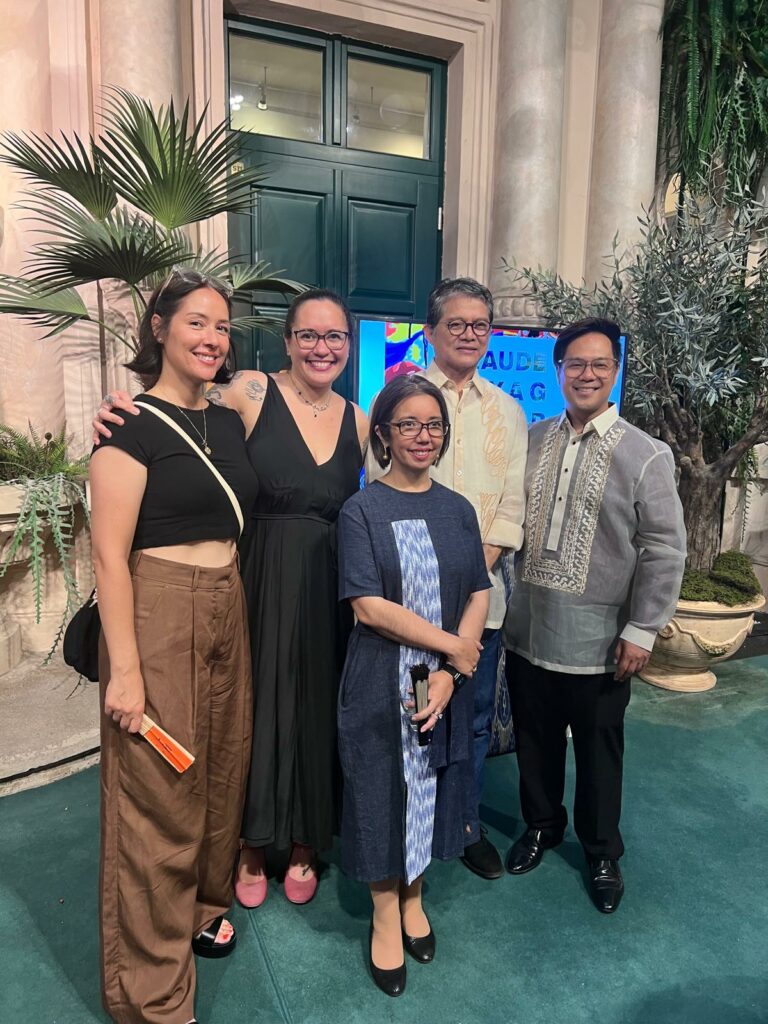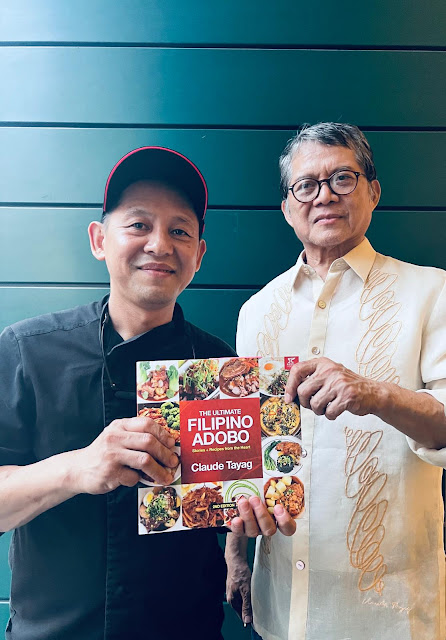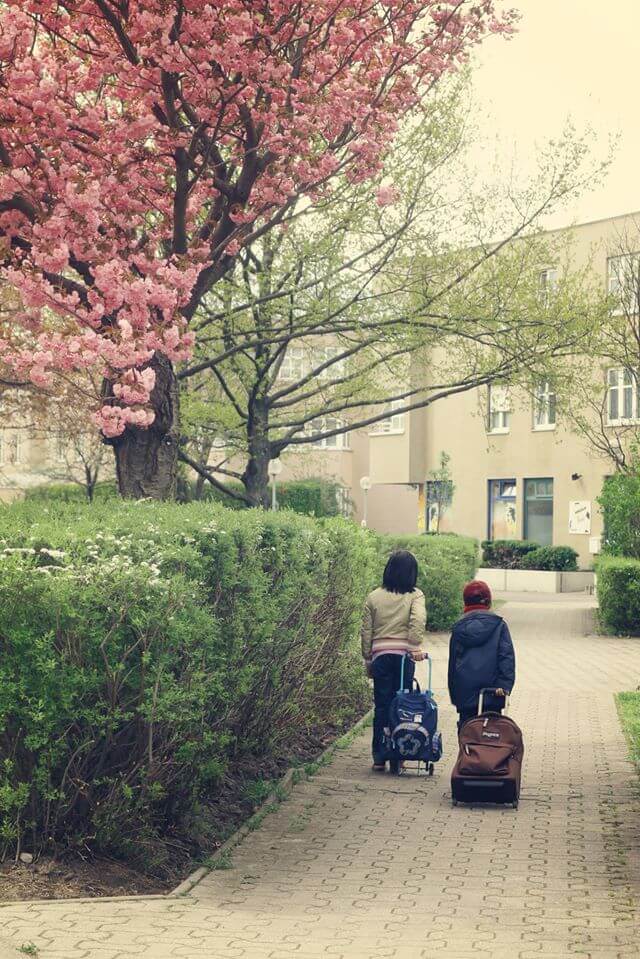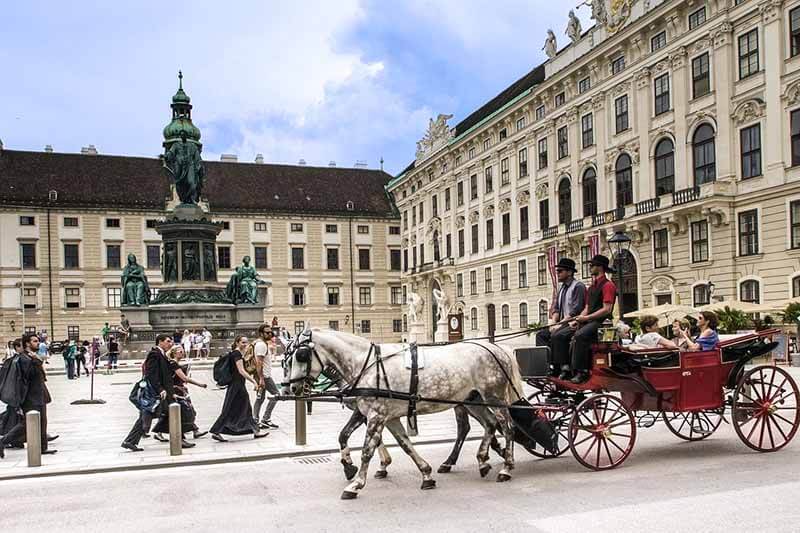
—
A month ago I quoted in this piece “There is no recipe in Filipino culture for a single person, because Filipino food is always for sharing.” Little did I know that I would meet the chef who said it in the flesh!
Claudio Suarez Tayag, or Claude Tayag as he is called, is a renowned Filipino artist, chef, and food writer. He is well-known for his multifaceted talents, particularly in the realms of visual arts and culinary arts.
Visual Artist: Tayag has made significant contributions to the art scene. His works often reflect Filipino culture and are known for their vibrant and expressive qualities. He has held numerous solo and group exhibitions both locally and internationally since 1978. His watercolor paintings are often of his travels, festivals and food culture, and religious images.
Chef and Restaurateur: Tayag is a celebrated chef, particularly known for his expertise in Kapampangan cuisine, which is a regional cuisine from the province of Pampanga where he grew up. He runs the well-regarded Bale Dutung (House of Wood) in Pampanga, which is both his residence and a private dining space where guests can experience traditional Filipino dishes prepared with a modern twist.

Food Writer: Tayag is also a respected food writer, contributing to various publications where he shares his insights on Filipino cuisine and its evolution. He also wrote for his column, Turo-Turo (Filipino for point) on a weekly basis for The Philippine Star. He has authored several books that highlight the richness and diversity of Philippine culinary traditions.
One of the books he presented during his stay in Vienna is , the result of what seems to be the sentiments of the Filipino people and himself upon hearing the Philippine’s Department of Trade and Industry‘s (DTI) intention to standardize adobo, including other prominent Filipino dishes such as sinigang, lechon, and even sisig back in 2021. Tayag refers to the contents of this book as “Stories, not Recipes.”
Television Appearances: Tayag has made appearances on various culinary shows and documentaries, further establishing his reputation as an ambassador of Filipino cuisine.
During his visit in Vienna, we were treated to not just one, but a handful days of both culinary greatness and watercolor adventures intertwined in stories. All three events were organized by the creative group sige! and the Philippine Embassy in Vienna.

Table of Contents
Cooking Demo and Tasting
July 11, Thursday – the stage was set in a spacious kitchen studio, at the Wrenkh Wiener Kochsalon in Vienna’s central district. Claude Tayag’s books, one is a collection of his watercolor paintings and the Adobo book mentioned above are placed neatly at a corner table. A survey of the countertops revealed ingredients that were meticulously laid out – bowls of mushrooms, mangoes, shrimps, cuts of lamb and other ingredients hinted at the culinary journey about to unfold.
He began by sharing a bit about his background, touching on his artistic journey and how it paralleled his culinary adventures.
As he went on explaining more about adobo, ingredients, and the process, it created an ambiance that merged his two worlds of art and food.

After a while, three adobo dishes were ready for the taking. ^_^
First off is the portobello mushroom with adobo(ed) pancetta served on arugula with red currant on the side and garlic baguette. This dish is a harmonious blend of earthy, savory, tangy, peppery, and tart flavors, with a variety of textures ranging from meaty and crispy to fresh and crunchy.
Second is adobo gambas with oyster mushrooms and okra in coconut milk. Not surprisingly, it’s a delicious blend of savory, tangy, and slightly sweet flavors, with a creamy, rich texture from the coconut milk. The shrimp’s tender and juicy bite added to the oyster mushrooms and okra’s layers of texture and subtle flavors.
Lastly, lamb adobo(ed) in mango (served with potatoes) proved the versatility of this beloved dish. Using mango in cooking (as a souring agent) is a common practice north of the Philippines. Lamb has a robust, slightly gamey flavor that can stand up to strong seasonings, it complements the tangy adobo flavor – while using mango adds a sweet, fruity, and slightly tart flavor. The end result is a sophisticated and exotic meal, perfect for those who enjoy bold and contrasting flavors.

Exhibit
July 12, Friday – Opposite Vienna’s Opera house at Operngasse, a reception was held for Claude Tayag to showcase his artworks and books. The walls of the gallery were adorned with Tayag’s watercolor paintings, each capturing the essence of Filipino life, traditions, and the Philippine landscape and also of cities he visited.

At one end, tables were set with Filipino food, hinting at the culinary delights that awaited the guests.
The event was not just a celebration of his latest literary work but a comprehensive cultural experience featuring Filipino food, art, and music.
Philippine Ambassador to Austria Evangelina Lourdes Bernas welcomed Tayag, a fellow Kapampangan, and gave a brief background to his artistic pursuits and contribution to Philippine art.
Tayag in return thanked Ambassador Bernas for inviting him over, as we later on learned he was hopping in from Milan and later to London. He also gave a few anecdotes about his inspiration to pursuing art and his travels as a younger artist. He also presented the Ultimate Adobo book for the benefit of those who were not present at the food tasting the previous day.

Musical Interlude
Adding a layer of elegance and nostalgia to the evening was a special performance by Filipina soprano Isabela Madero. Dressed in a traditional Filipino gown, Madero’s powerful voice filled the gallery as she performed a selection of Filipino songs. Her rendition of kundiman songs (Filipino love songs) especially Dahil Sa Iyo, transported the audience to a different era. She was accompanied by Erika Spring on piano, who, despite not being Filipina, did a really great job playing a Filipino song that added so much to the performance.
Stories

Tayag moved through the crowd, signing copies of his book and engaging in conversations about Filipino culture and some of his paintings. Guests enjoyed the stories and the food as well – lumpia, pancit, barbecue, mushroom adobo, and sinukmani to name some. The event fostered a sense of community and culinary connection. I was able to listen to some of the conversations and was also able to throw in some of my own questions.
Among the conversations, I recall him saying that “Adobo is an idea that takes anyone (any Filipino) back to their childhood, the cooking of their moms or yayas – which connects them to where they came from. It’s a reflection of our history, our family traditions, and our regional diversity. Each version tells a different story, much like each stroke in a painting. Adobo is not just a dish but a cooking method.”
He added, “Filipino cooking is about the process not the dish. Many factors dictate what the household cooks – and is reliant to what is afforded, what is available, dietary preferences and even religion. That is why standardizing adobo is a recipe for disaster, adobo’s versatility represents the never ending stories of Filipinos having lived in different countries and environments while trying to recreate a commonality.”
Adobo Supremacy
The popularity and cultural significance of adobo in Filipino cuisine is undeniably the reason it is the unofficial national dish of the Philippines. Its esteemed status as a favorite and its dominance among Filipino dishes suggests that adobo stands out as a supreme example of the country’s culinary traditions.
Thus, the book is a lavish love letter to the Filipinos – migrants, mixed, and to families in all parts of the world making a version of their own adobo, it is also a celebration of Filipino identity through interviews with local and foreign chefs and cultural figures.
Watercolor Painting Demo
.jpg)
July 13, Saturday – Tayag’s three-day activity ends with a special event titled “Watercolor: An Art Lecture and Painting Demonstration.” It was held at Hotel am Brillantengrund, a unique and charming boutique hotel located in Vienna’s trendy 7th district, Neubau. It is Filipino-owned and is a platform for artists, with dedicated spaces for events such as this.

The Lecture
Claude Tayag began the session with a lecture, offering a deep dive into his journey as a watercolor artist. Standing before a projection of his works, Tayag spoke about his early influences and the pivotal moments that shaped his artistic style. He knew as a child that he wanted to be an artist.
“Watercolor has always been my medium of choice,” he explained, “because of its fluidity and unpredictability. It mirrors the beauty and complexity of Filipino culture—dynamic, vibrant, and full of life.”
His lecture was interspersed with personal anecdotes, showing photos of his early influences and fellow artists that inspired him, along with his early works and a chronological presentation of his exhibits, published books, travels – a lifetime journey through his art.

Techniques and Insights
Moving into the technical aspects, Tayag detailed his process and techniques. He emphasized the importance of mastering the basics—understanding paper quality, brush types, and the behavior of pigments. “Watercolor is a medium that’s very spontaneous, that’s what I love about it,” he noted. “It doesn’t have to be exact but you have to put the work, you will need lots of practice, if you have the passion, do it – it’s very therapeutic – just play some music and paint in a corner.”
The Painting Demo
Following the lecture, Tayag transitioned to the painting demonstration. A table complete with watercolor paper, water, and everything needed was set up in front of the room, with a camera projecting his workspace onto a screen so everyone could follow along, even those who joined in via Zoom. The audience chose an image of Salzburg and the Hohenfortress in winter. He later on chose to paint a second piece, a serene rural landscape, a common theme in his work that reflects his love for the Philippine countryside.
As he began sketching the outline on both pieces, he explained his thought process, from composition to selecting and mixing the color palette. The audience watched in awe as he applied the first washes of color, demonstrating the wet-on-wet technique to create a soft background. He showed how to build layers, gradually adding details and textures that brought the scene to life.
The event was supposed to end with a meet-and-greet session, where attendees could get their questions answered, but time didn’t permit it.

Guests were treated to a sumptuous Filipino feast, courtesy of Hotel am Brillantengrund’s owner’s (Marvin Mangalino) mom. Conversations continued over food and stories were shared. Tayag presented his painting to Ambassador Bernas by the end of the event. Lots of attendees left with newfound inspiration and a deeper appreciation for watercolor painting.
Tayag did a lot of reminiscing on this day, truly a storyteller not just using paint but also words. The guests, including us, thanked Tayag, we also said goodbye not knowing that we would be able to spend another day with him more closely. I would certainly write about it on my other blog -> gmirage.com which will be more about his artistry.
NB : some of what’s written here were shared by chef Claude during our conversations outside of the events.

--------------------------Book your Vienna stay here!--------------------------











His art is beautiful and I would love to try his recipes! He sounds like a very accomplished person!
He is! 4 decades of art is impressive!
This is art that I like. It would be nice to hang on my walls in my home.
If the pieces go online, I will let you know!
What a cool experience. The art is awesome and that food looks amazing! I’d love to do this.
Yes, it was a very inspiring weekend for us!
That is cool that you got to meet the man who said those famous words about Filipino food. The art is also cool looking too. Thank you for sharing.
What a cool event! His works of art are beautiful and you got to enjoy delicious food too! I would love something like this! So cool!
It’s truly inspiring to see how his art and culinary talents intertwine, bringing Filipino culture to life in such a unique way.
such a unique and wonderful event. and Claude is truly a multi-talented person!!
The art is beautiful I would like to check out all the delious recipes.